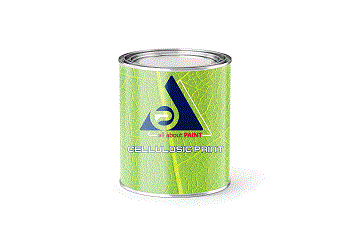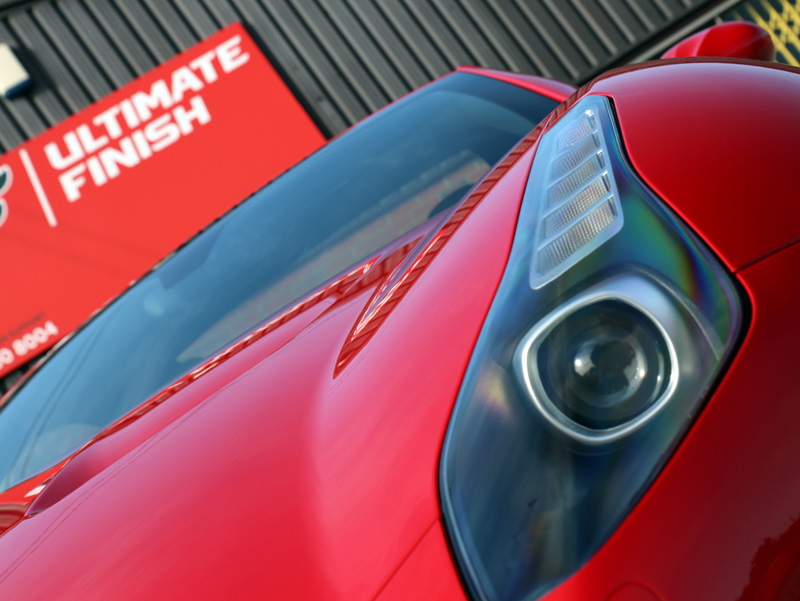HOW TO CLEAN PARKING SENSORS

HOW TO CLEAN PARKING SENSORS
Parking sensors are a popular specification choice for most new car owners.
Rear and side parking sensors are an aid when reversing or parking in a difficult spot.
They help to avoid those unfortunate collisions with a wall or bollard, resulting in paintwork damage.
That being said, as useful as parking sensors are for helping guide us into our parking space,
no matter how tight that spot may be, it’s possible for sensors to become clogged with dirt and debris from the road.
Dirty sensors can often result in the sensors giving inaccurate results or even making them appear broken.
So, with that in mind, we have detailed how to clean parking sensors and why below.
What are Parking Sensors?
A parking sensor is a device that is installed on a vehicle and emits electromagnetic or ultrasonic waves that bounce back off nearby objects, sending a signal back to the car that something is nearby.
back car sensor for safety parking and traffic
While parking, the sensors alert the driver to any obstacles close to the vehicle and, as the vehicle gets closer to the obstacle, the sound gets louder or more frequent, aiding the driver with knowing how close they are to their surroundings. Most parking sensor devices also link to a screen fitted to the dashboard, so the driver can see where the obstacles are.
Most new vehicle models now come with reversing sensors as standard; however, for older vehicles, aftermarket parking sensors can be fitted.
How to Locate Parking Sensors
Parking sensors are typically fitted to the rear bumper to avoid any reversing mishaps. That being said, in a large number of makes and models, they can also be installed in the front bumper. Newer models with higher specifications will typically have both.
Diagram of Parking Sensors
Rear View Camera
A large number of newer, high specification car models will also have a rear-view camera. The rear camera allows the driver to see what is behind them when reversing, helping to avoid accidents resulting in bumper scuffs and paintwork scratches. That being said, if the rear camera is covered in dirt, the driver will not be able to audibly alerted to any hazards behind the vehicle when expecting to hear the sensors go off. This could result in the vehicle being damaged or even someone being injured.
How to Clean Parking Sensors
If your parking sensors are covered in road dirt, dust or mud, they may not work as efficiently. The sensor may mistake dirt for a close object, therefore setting the sensors off. So, it’s important to keep your parking sensors clean to ensure they are working as they should be.
Cleaning your side and rear parking sensors is a pretty simple task. All you will need is a soft microfibre cloth, car shampoo and warm water. Next, all you need to do is follow a very simple threes step washing process.
Fill a bucket or bowl with warm water and add the advised amount of car shampoo.
Dunk the microfibre cloth in the water solution and rinse. Be careful to gently remove any additional dirt that is on the cloth, as you don’t want to drag that around the surface of your car.
Use the damp microfibre cloth to gently wipe the dirt off the sensors. Use a circular motion, with the tip of your finger, in order to ensure effective coverage.
The same method can be used to clean a rear-view camera sensor, as well as the sensors on the front of your car.

.png)
.png)
.png)
.png)




